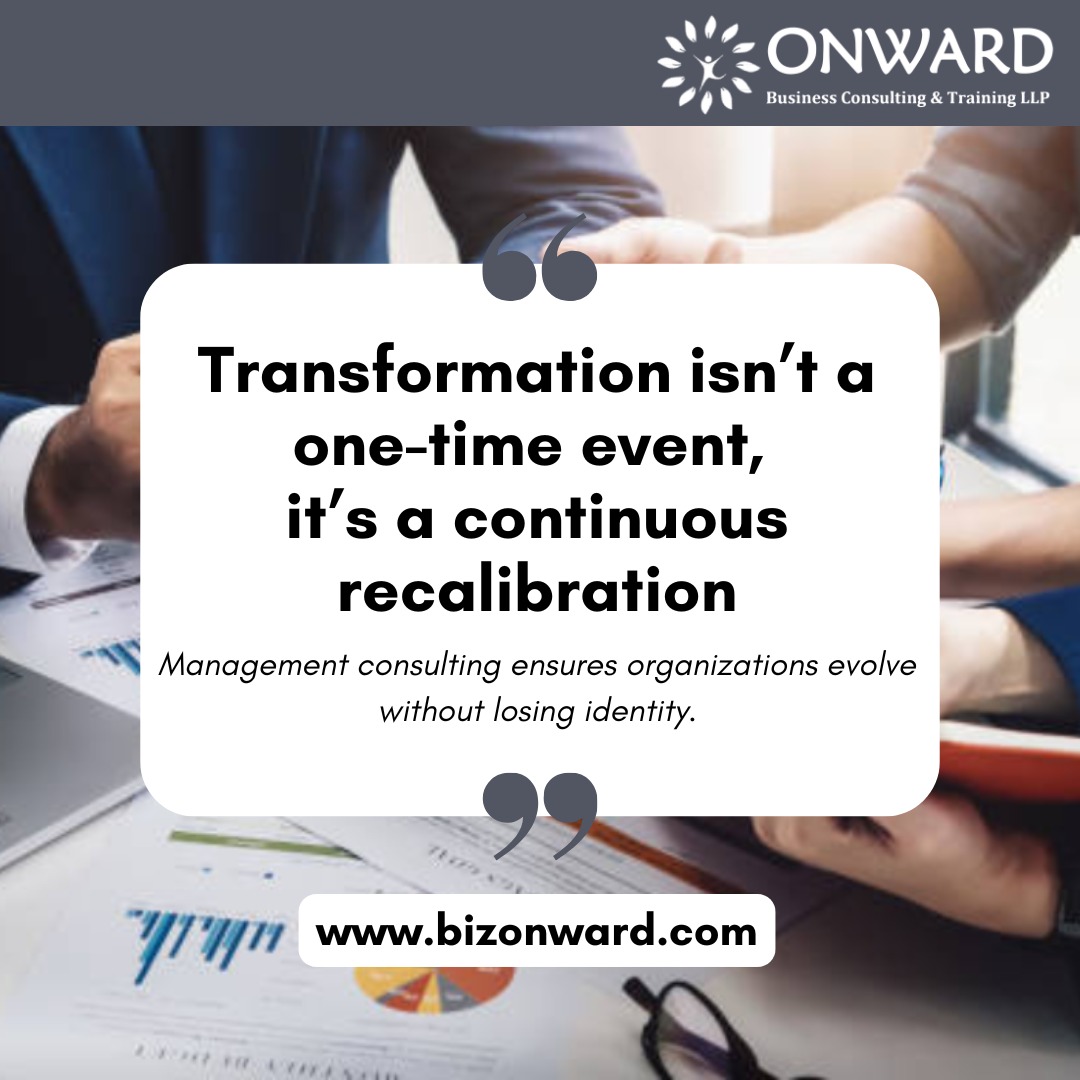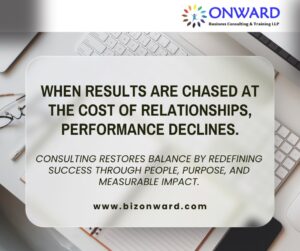Transformation is often mistaken for a milestone a project completed, a strategy launched, or a technology implemented. In truth, it is not a one-time event but a continuous recalibration that keeps organizations aligned with an ever-changing world.
The pace of change today demands agility beyond traditional structures. Markets shift, customer expectations evolve, and innovation cycles shorten. Organizations that pause after a major transformation risk slipping into stagnation. Sustainable growth comes from the ability to adapt repeatedly and intelligently – learning, refining, and evolving without losing core identity.
This is where structured recalibration becomes essential. It’s about revisiting strategies, assessing cultural alignment, and ensuring systems still serve the organization’s purpose. It’s not constant change for the sake of it, but thoughtful evolution guided by clarity and intent.
Transformation succeeds when change becomes part of the organization’s DNA, when teams see adaptation not as disruption, but as opportunity.
The most resilient organizations are those that evolve continuously while staying true to who they are. Transformation, then, is not a destination reached, but a rhythm sustained, one that keeps the organization relevant, responsive, and ready for what’s next.




